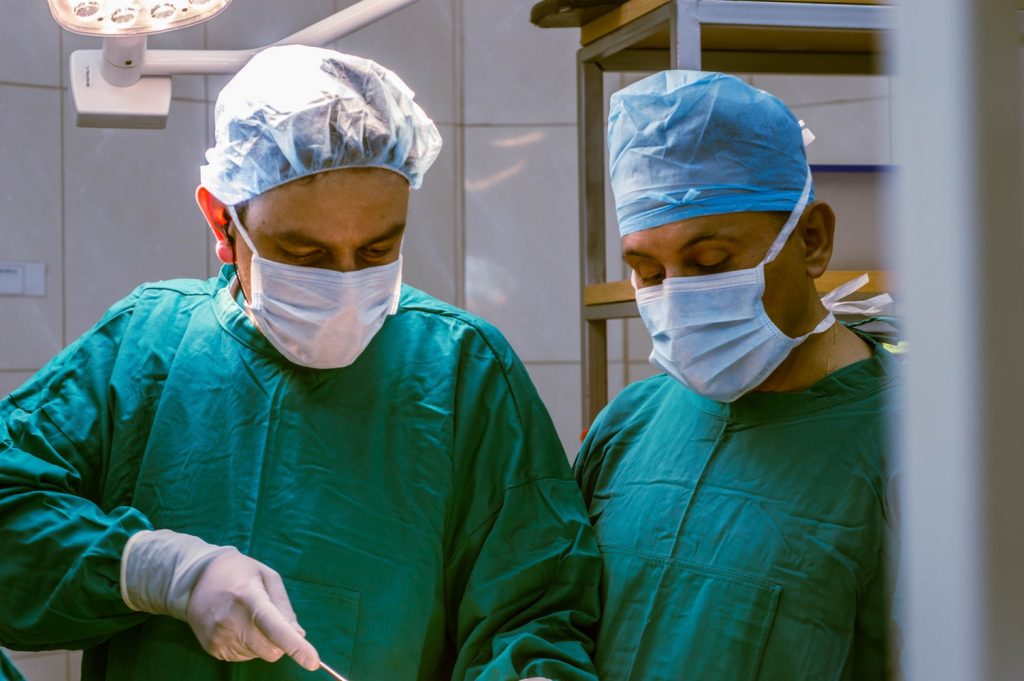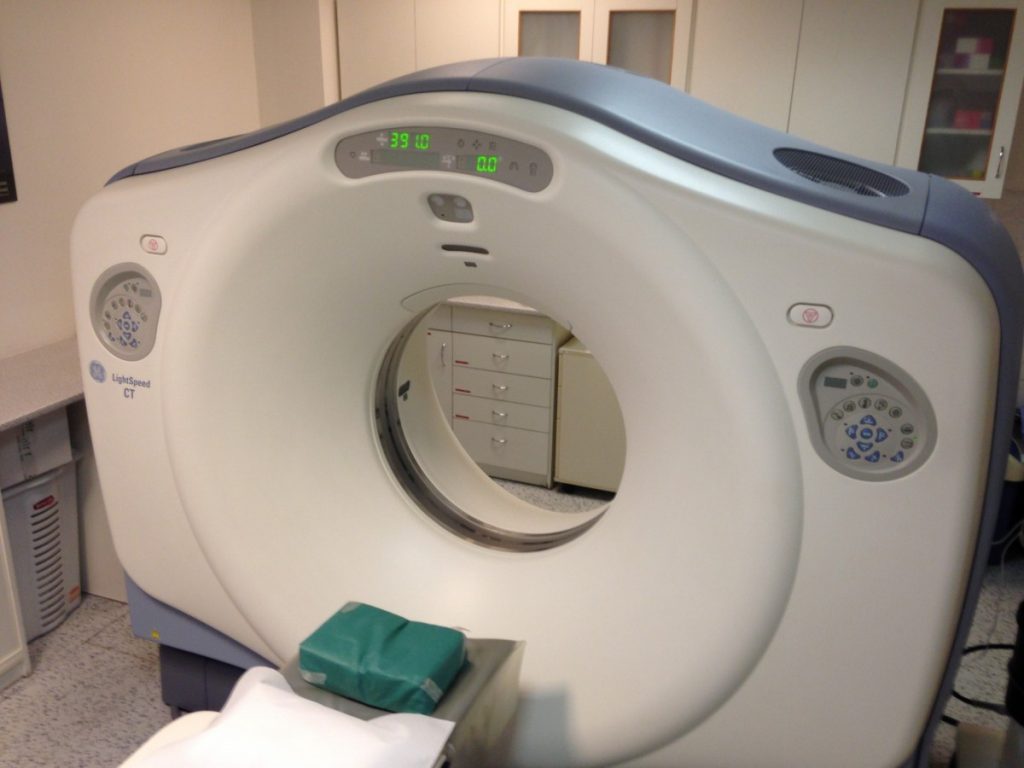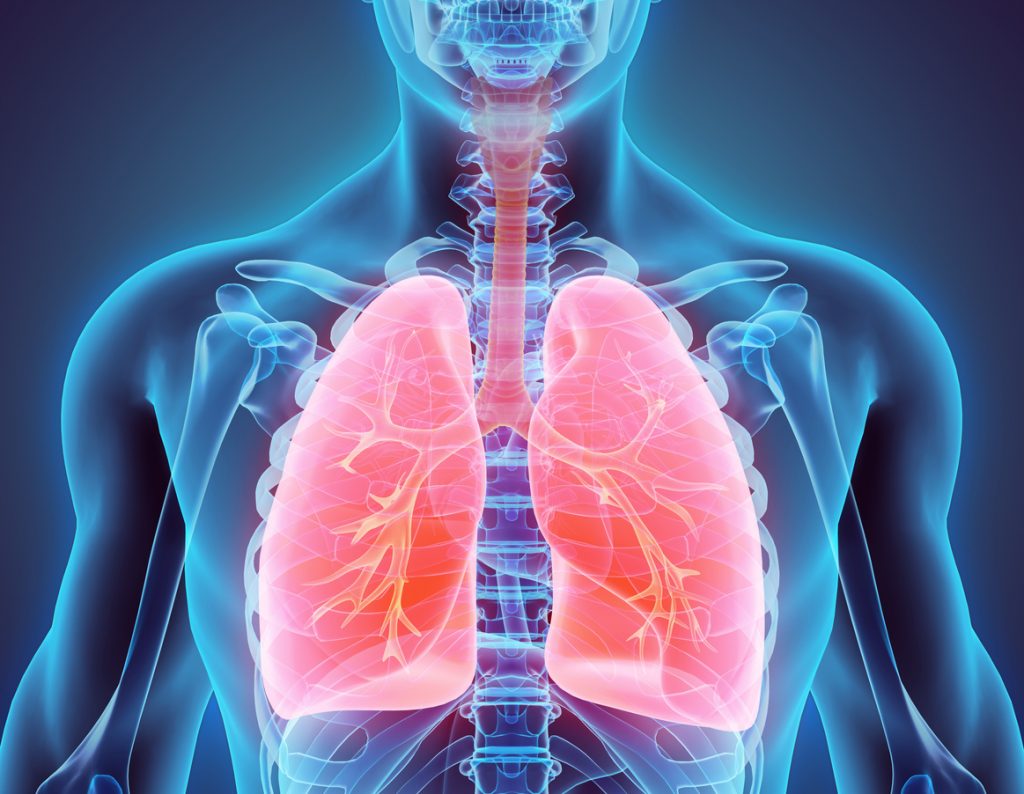The primary objective of this study is to determine whether treatment with CEP-10953 is more effective than placebo treatment for patients with excessive sleepiness associated with narcolepsy by measuring mean sleep latency from the Maintenance of Wakefulness (MWT) (20-minute version)(average of 4 naps at 0900, 1100, 1300, and 1500) and by the Clinical Global Impressions of Change (CGI-C) ratings (as related to general condition) at week 12 (or last postbasline visit)
Official Title
A 12-Week, Randomized, Double-Blind, Placebo-Controlled, Parallel-Group Study to Evaluate the Efficacy and Safety of CEP-10953 (150 and 250 mg/day) as Treatment for Adults with Excessive Daytime Sleepiness Associated with Narcolepsy
Conditions
Study Type
Interventional
Study Design
Treatment, Randomized, Double-Blind, Placebo Control, Parallel Assignment, Safety/Efficacy Study
Further Details
Study Start
Study start: December 2003; Expected completion: September 2004
Eligibility & Criteria
Patients are included in the study if all of the following criteria are met:Written informed consent is obtained The patient is an outpatient, man or woman of any ethnic origin, 18 to 65 years of age (inclusive) The patient has a complaint of excessive sleepiness The patient has a current diagnosis of narcolepsy according to ICSD criteria. The patient is in good health as determined by a medical and psychiatric history, physical examination, electrocardiogram (ECG), and serum chemistry and hematology. Women must be surgically sterile, 2 years postmenopausal, or, if of child-bearing potential, using a medically accepted method of birth control (ie, barrier method with spermicide, steroidal contraceptive [oral, implanted, and Depo-Provera contraceptives must be used in conjunction with a barrier method], or intrauterine device [IUD]) and agree to continued use of this method for the duration of the study. The patient has a mean sleep latency of 6 minutes or less as determined by the Multiple Sleep Latency Test (MSLT) (performed at 0900, 1100, 1300, and 1500). The patient has a CGI-S (Clinical Global Impression of Severity of Illness) rating of 4 or more. The patient does not have any medical or psychiatric disorders that could account for the excessive daytime sleepiness. The patient is able to complete self rating scales and computer-based testing. The patient is willing and able to comply with study restrictions and to attend regularly scheduled clinic visits as specified in this protocol. Criteria for Exclusion:Patients are excluded from participating in this study if 1 or more of the following criteria are met:has any clinically significant, uncontrolled medical or psychiatric conditions (treated or untreated) has a probable diagnosis of a current sleep disorder other than narcolepsy consume caffeine including coffee, tea and/or other caffeine containing beverages or food averaging more than 600 mg of caffeine per day used any prescription drugs disallowed by the protocol or clinically significant use of over the-counter (OTC) drugs within 7 days before the second screening visit has a history of alcohol, narcotic, or any other drug abuse as defined by the Diagnostic and Statistical Manual of Mental Disorders of the American Psychiatric Association, 4th Edition (DSM IV) has a positive UDS at the screening visit has a clinically significant deviation from normal in the physical examination is a pregnant or lactating woman. (Any woman becoming pregnant during the study will be withdrawn from the study.) has used an investigational drug within 1 month before the screening visit has any disorder that may interfere with drug absorption, distribution, metabolism, or excretion (including gastrointestinal surgery) has a known clinically significant drug sensitivity to stimulants or modafinil
Total Enrolment
300
Contact Details
Monash Medical Center, Melbourne, Victoria, 3168, Australia; Recruiting Karen Smith 61-3-95942133 karen_sleep@hotmail.com Michael Ho, MD, Principal Investigator
All content and media on the HealthEngine Blog is created and published online for informational purposes only. It is not intended to be a substitute for professional medical advice and should not be relied on as health or personal advice. Always seek the guidance of your doctor or other qualified health professional with any questions you may have regarding your health or a medical condition. Never disregard the advice of a medical professional, or delay in seeking it because of something you have read on this Website. If you think you may have a medical emergency, call your doctor, go to the nearest hospital emergency department, or call the emergency services immediately.







